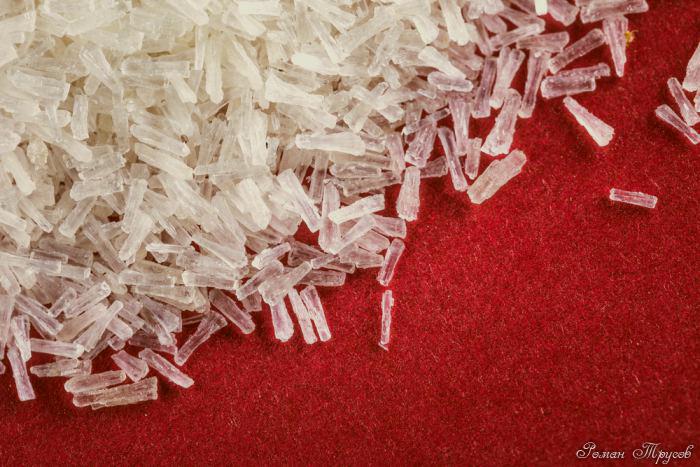monosodium glutamate - a substance known as a food additive E621 index and another as a flavor enhancer. In fact it is a salt of glutamic acid, which is usually a white powder crystals. This nutritional supplement - the most commonly used flavor enhancer on the planet. He makes a brighter and more expressive taste of the products, which have protein and fat - that is its main feature.
Monosodium Glutamate: production
First time monosodium glutamate was prepared synthetically and studied back in 1907. Breakthrough made a Japanese professor Ikeda Kikunae that investigated unusual properties of algae, affecting the sense of taste. Since then, many studies have been conducted on how to manufacture and how to use sodium glutamate.
In some products, such as tomato, soy sauce, mushrooms, cheese, broccoli or some algae, sodium glutamate E621 generated naturally and may be present in different concentrations. Basically it is produced through the fermentation method: special bacteria found in the second half of the twentieth century, helping to obtain the salt. Monosodium glutamate formula is as follows: C5H8NO4Na.
The use of sodium glutamate
This supplement plays a critical role in the production of long-term storage of food. Most of the food processed in a special way and fit for use after long storage, losing its taste and smell, and finally looks completely unappetizing. To prevent this, an additive is used with sodium glutamate.
In molecular cuisine
Since the molecular cooking is designed to surprise and impress, the taste without the amplifier can not do it.
There are special cases where the additive does not increase, and adjusts the taste of dishes. Studies have shown that it requires a special relationship with the rest food additives. How to add monosodium glutamate to achieve the desired result, but it does not hurt? The concentration of the additive should be 0.2-0.8%.
E621 not only manifests in the dish "minds" - a special kind of taste - but also strengthens other basic: sweet and salty. Without salt monosodium glutamate is necessary to add 40% more. It also gives the meat flavor, even if the meat in the dish itself is not. For example, if you add it to the clam chowder, E621 will give him a little taste smoked bacon, even if you did not use.
Monosodium glutamate: the impact on the body
Most consumers are naturally concerned with the question whether MSG is harmful. And there is a paradox here. Regardless of our desires, and are often themselves not knowing, and so we eat it with foods, in which he is by nature, and it is inevitable. Imagine, in the breast milk of the mother have the substance.
So how dangerous flavor enhancer monosodium glutamate?
In itself, this food supplement is harmless. It simply stimulates our taste buds, and nothing more. The problem of fast foods, "bundled" with whom she goes. Scientists have found no negative impact on the body taste enhancer. In your power to restrict or eliminate the use of harmful products, and then your body will be safe.
Monosodium Glutamate: how much can you eat
The daily dose of the substance, scientists do not indicate no special restrictions. Thus, the limit of some hard to observe as it is in conventional products.
